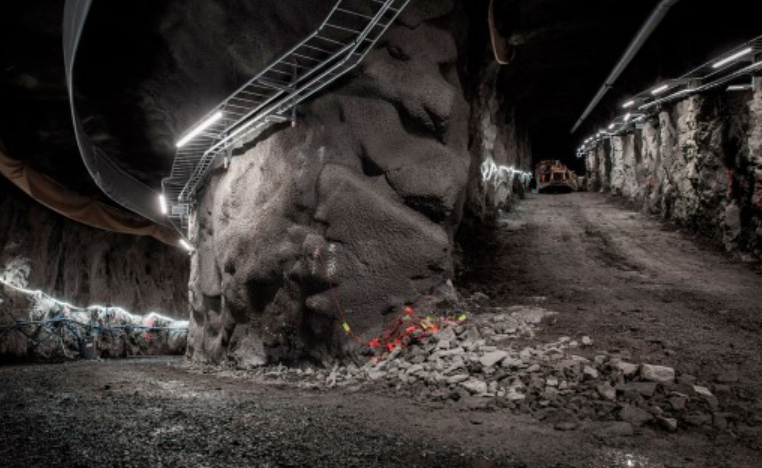Sweden – At Svartöberget in Lule, Sweden, SSAB, LKAB, and Vattenfall are launching HYBRIT’s pilot facility for fossil-free hydrogen gas storage.
The storage facility in a rock cavern is the first of its kind in the world. The two-year test period, which will last until 2024, begins with the inauguration ceremony.
The three owners, SSAB, LKAB, and Vattenfall, launched the HYBRIT initiative in 2016. In the overall value chain for fossil-free iron and steel production, the hydrogen storage facility will be critical. Producing fossil-free hydrogen gas when there is a lot of electricity, such as when it is very windy, and using stored hydrogen gas when the electricity system is under strain will ensure that sponge iron, the raw material for fossil-free steel, is produced consistently.
Proven technology
The technology for storing gas in a lined rock cavern (LRC) is well-proven and has been used for natural gas storage in southern Sweden for about 20 years. Now, with the development of hydrogen gas storage, technology is progressing, and the storage facility will be used more dynamically, being filled and emptied in tandem with hydrogen production.
The pilot plant is 100 cubic meters in size. A full-scale hydrogen gas storage facility of 100,000 to 120,000 cubic meters may be required at a later stage, in which case it will be able to store up to 100 GWh of electricity converted to hydrogen gas, enough to power a full-sized sponge iron factory for three to four days.
SSAB can reduce Sweden’s carbon dioxide emissions by 10% by using HYBRIT technology. The Swedish Energy Agency contributes SEK 72 million, while SSAB, LKAB, and Vattenfall invest a total of SEK 259 million in the hydrogen storage itself, divided into three equal parts.





